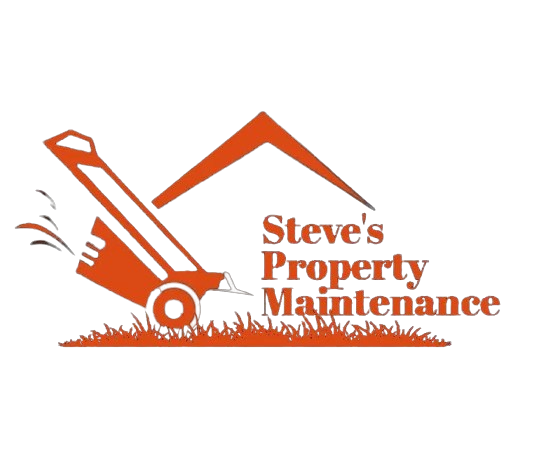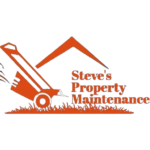Lawn renovation season is here. Homeowners face crabgrass and other invading weeds. They start by looking at their lawn and choosing a clear plan to fix it.
Assessing the Lawn’s Condition
Begin by checking the lawn. After a fresh mow, some patches show rich grass from spring seeding. Other spots hold many unwanted weeds. This clear fact shows that clearing old plants and treating the soil in past seasons helps the lawn over time.
For those who share this issue, the first task is to inspect the invading weeds. A clear record of steps shows one choice: to spray specific areas or to remove the weeds more generally. Hand-pulling works for small weeds. Strong-rooted plants, like some tough grasses, need a firmer plan.
Preparing for Seeding and Spraying
With the check done, work begins. One smart method is to use sprayers on large areas to cover more ground. After spraying, it is wise to check the treated areas to catch any spots that were missed. Timing matters; many experts say to seed not long after spraying. This helps the grass grow before summer heat begins.
Water limits also affect lawn health. Watch which parts of the yard get enough water. Dry patches may need extra seed to fill in gaps. Dry spots should be the first focus when seeding to grow an even lawn.
Tackling Weeds and Ground Cover
Weeds grow fast in soil that has been turned over. One option is to cover the soil with a weed barrier. This step can help stop weeds while the right plants grow better. Clearing long-lasting weeds also makes it easier to lay down a layer of mulch. A mulch layer stops weeds from growing further. Wood chips or plastic fabrics work well and help keep the soil moist.
The Role of Pre-Emergent Treatments
Pre-emergent sprays play a strong role in stopping unwanted weeds like crabgrass. Some areas may skip this step if new seeds are present because the spray might hurt the young grass. Learning from past mistakes, such as letting crabgrass grow, helps shape plans so the lawn can become healthier.
A strong lawn does not shine only with green looks. Its strength comes from knowing different grass types, how they grow, and caring for them day by day.
Conclusions: Moving Forward in Lawn Renovation
Lawn work is part science and part art—it needs good planning, care, and room to adjust. As you start this change, follow these steps: check your lawn, set up proper work, clear weeds, and choose safe measures to guard the lawn. With care and a clear plan, you can fight crabgrass and build a healthy lawn for your outdoor space. Enjoy the work and watch your yard grow better with time!
[h3]Transform Your Lawn with Steve’s Property Maintenance![/h3]
At Steve’s Property Maintenance, we specialize in expert lawn care, landscaping, and property maintenance services right here in New London County, Connecticut. Whether you need regular lawn maintenance, a complete yard transformation, or eco-friendly landscaping solutions, we’ve got you covered!
📞 Call us today at +1 860-847-3441
🌐 Visit us at https://steves-property-maintenance.com
📅 Schedule a Free Consultation Now!
Don’t wait—take the first step toward a greener, healthier lawn today!

